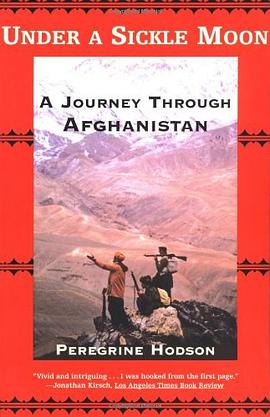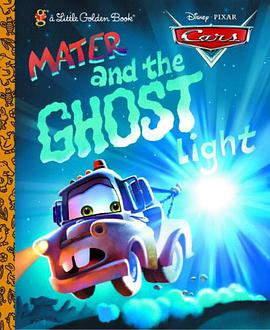

The Nile is the longest river in the world. In its route from the Lake Plateau of East Africa to the Mediterranean, the Nile flows for more than 4000 miles through nine countries: Tanzania, Kenya, Congo, Burundi, Rwanda, Ethiopia, Uganda, the Sudan and Egypt. The river begins in volcanoes and mountains with glacial snows and ends in arid deserts. Throughout history, the banks of the Nile have been home to many peoples, from Bantu cultivators, Nilotic herdsmen, and Ethiopians in their highlands to the Sudanese, Nubians and Egyptians on the plains below. No other river in the world has embraced such human diversity. But the huge and varied populations that have thrived on the waters of the Nile have also exerted extraordinary pressures on the river and its environment. From the early canals dug by the pharaohs to the building of the Aswan High Dam in 1971, civilizations have struggled to tame the Nile and control its resources. In this text, Robert Collins charts this dynamic interplay between man and nature in chronicling the past, present and future of this great river.
具体描述
读后感
评分
评分
评分
评分
用户评价
相关图书
本站所有内容均为互联网搜索引擎提供的公开搜索信息,本站不存储任何数据与内容,任何内容与数据均与本站无关,如有需要请联系相关搜索引擎包括但不限于百度,google,bing,sogou 等
© 2025 book.wenda123.org All Rights Reserved. 图书目录大全 版权所有




















